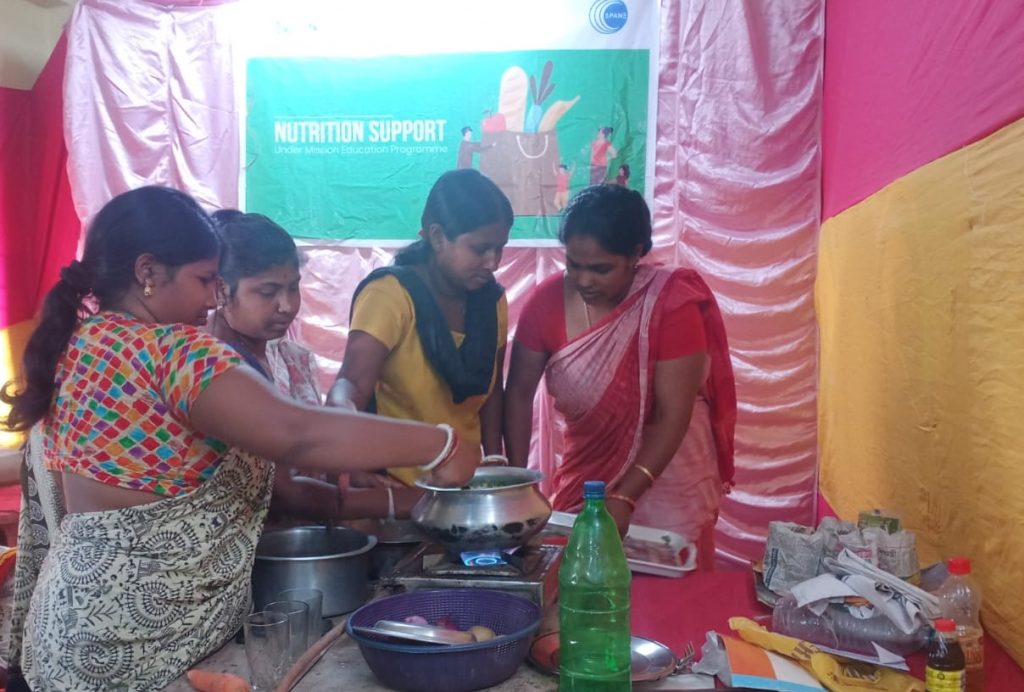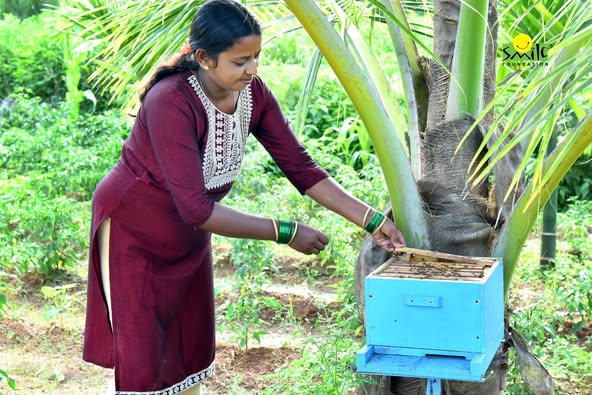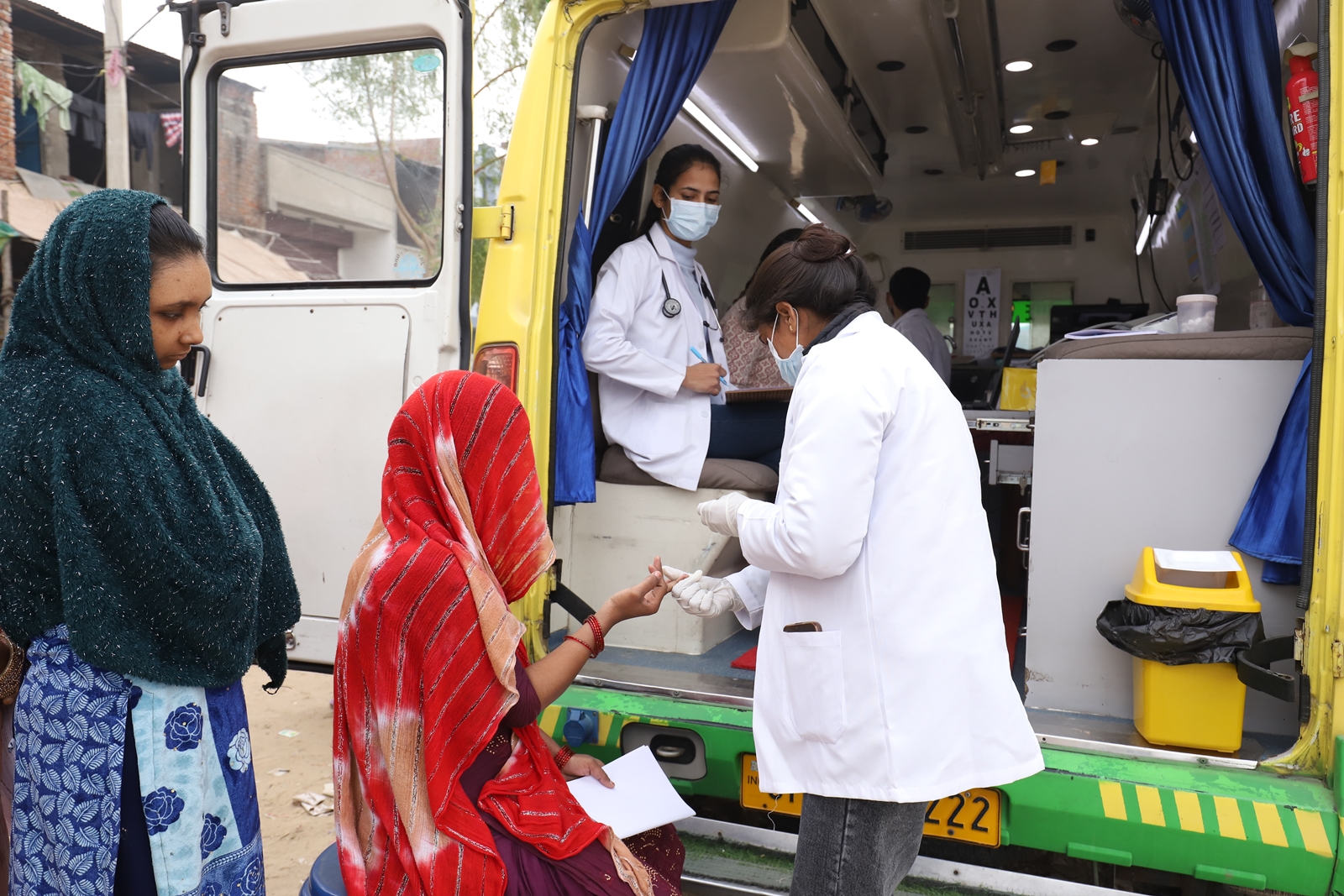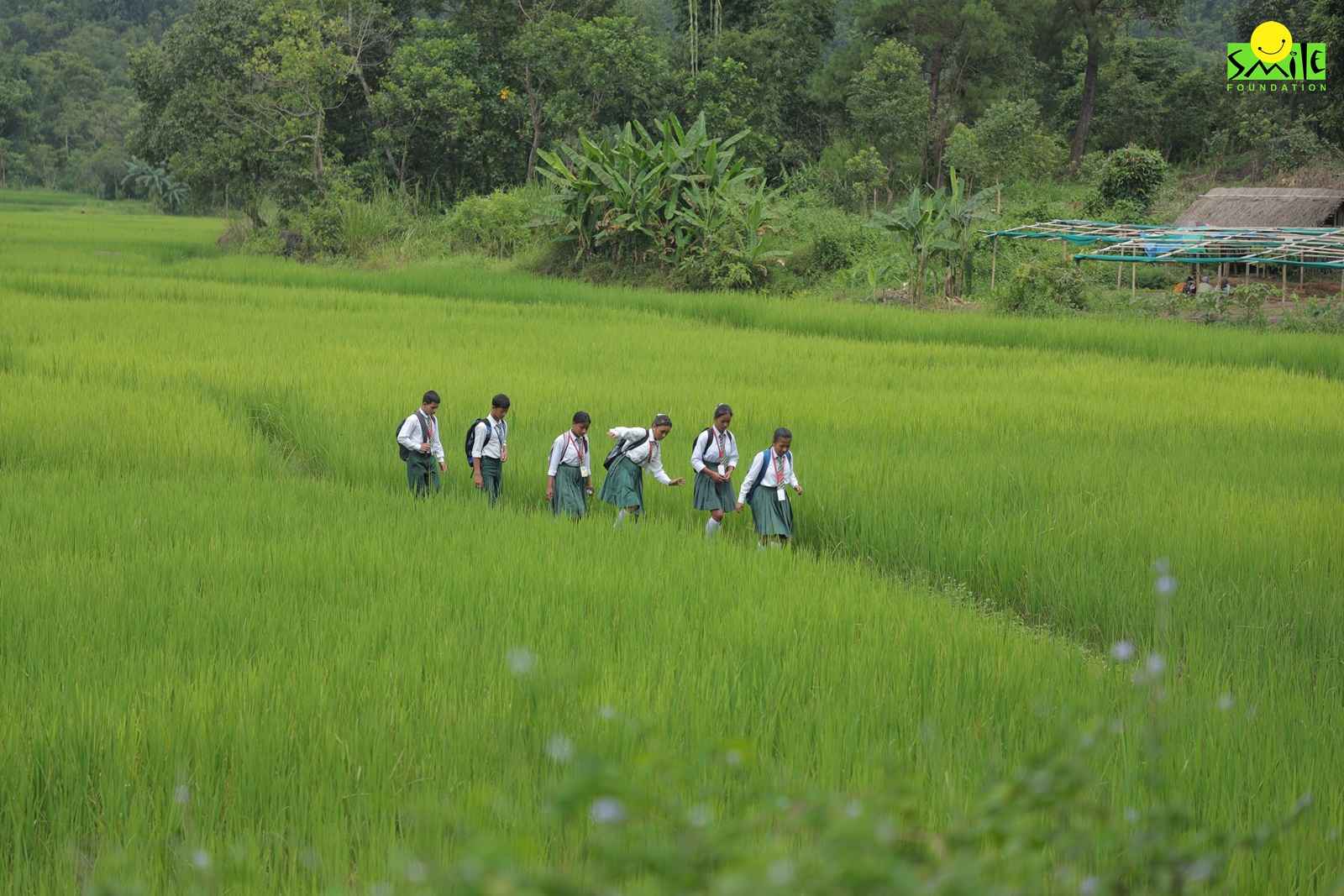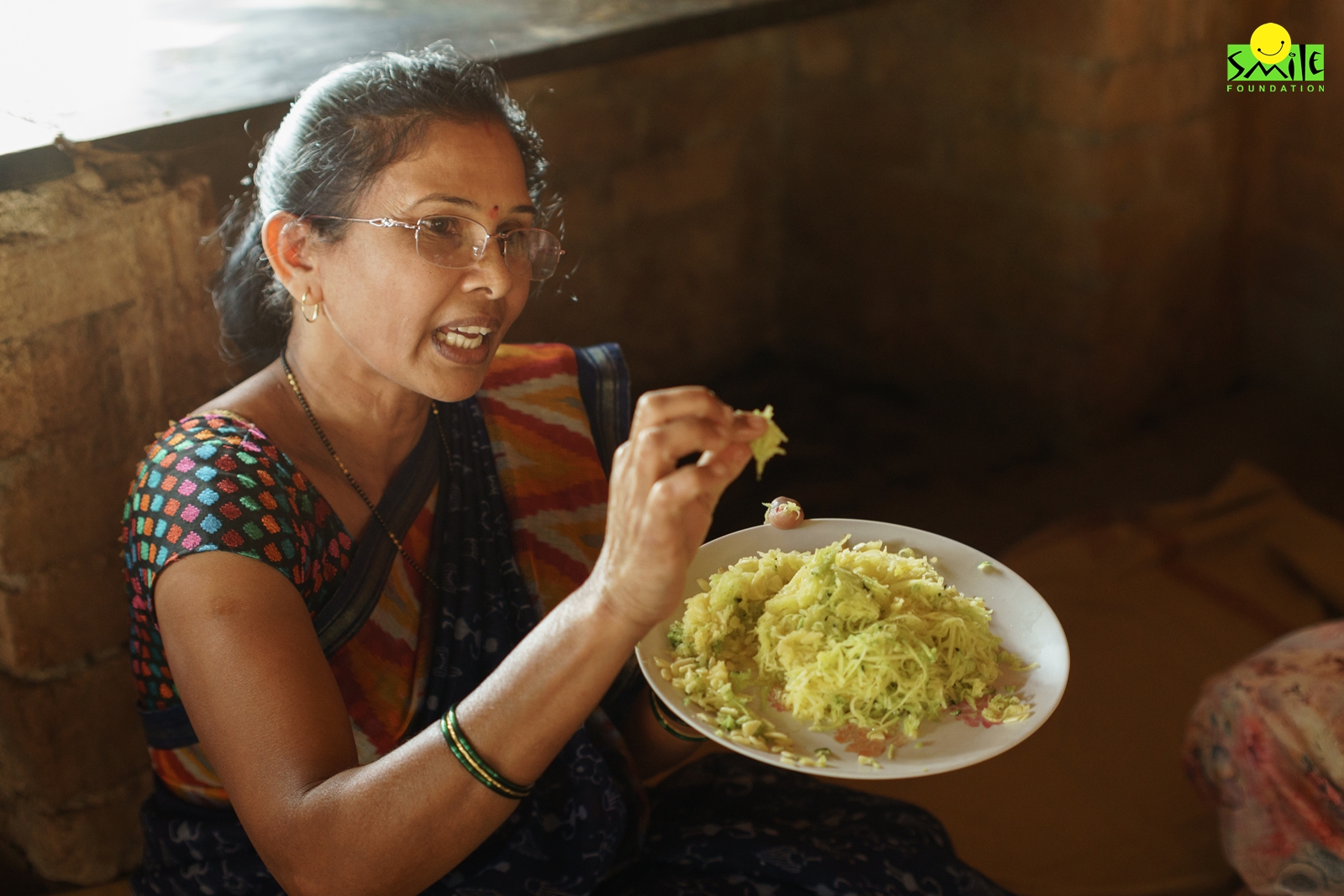Just as the name suggests, Blue foods (also known as aquatic foods) comprise fish, invertebrates, algae, and aquatic plants that are either captured or cultured in freshwater or marine ecosystems. Even though they have been consumed in the diets of many coastal communities for hundreds of years, it’s now become more important than ever to promote the consumption and production of blue foods to combat world crises such as food security, climate, and environmental degradation.
Wondering why? Let’s look at some of their benefits and nutritional value.
Being extremely diverse, blue foods consist of more than 2500 species of marine and freshwater animals and plants. They are supported by a wide range of ecosystems and harvesting practices. Examples include large-scale trawlers to small-scale fish ponds integrated into agricultural systems. Their diversity supports the many economic transitions that occur in fishing communities.
Blue Foods and Nutrition Parameters
Blue foods also offer good nutrition & health. They are rich in micronutrients that help fight maternal and infant mortality, stunting, and cognitive deficits. They are also considered to be a healthier animal source of protein as compared to terrestrial livestock. Their dishes contain nutrients that can help reduce obesity and non-communicable diseases. Most importantly, natural blue foods are more accessible and affordable than other animal-source foods.
In fact, according to the study published in nature, these foods generate lower emissions as compared to terrestrial meats. Rich in nutrients and proteins, they are a great alternative to red meat. Moderate consumption of blue foods in every diet can help about 82 percent of the 22 countries that face risks from cardiovascular disease. Moreover, access to affordable sources of blue foods can fight micronutrient deficiencies in over 166 million people across the world.
Besides nutrition, blue foods offer a source of livelihood for many belonging to vulnerable communities. Almost 800 million people start their day with healthy blue breakfast foods. A variety of small-scale fisheries and aquaculture farms offer a wide range of healthy blue foods that support diets during difficult times such as the recent COVID-19 pandemic and other market fluctuations.
Blue foods also play a key role in cultural and socio-economic practices. People from the Arctic to the Amazon are known to have the highest per capita aquatic food consumption rates in the world.
To capitalise maximum on the potential of such foods decision makers across the world need to make significant changes.
How to Protect and Develop the Potential of Blue Foods
The demand for blue foods is going to grow exponentially by 2050 due to the increasing population and incomes. If produced responsibly, these foods can help end malnutrition and build healthy and resilient food systems. This can aid people who reside on lands that are marginal for agriculture such as forests, wetlands, and tiny islands.
But to realise that potential, the governments/policymakers need to focus on three important imperatives:
- Include Blue foods in decision-making for food systems
- Protect and promote Blue foods in combating malnutrition
- Support the key role of small-scale actors in fisheries & aquaculture
The state should help fisheries and aquaculture manage as food systems to accomplish society’s goals to combat nutrition, health, and sustainability. Ensuring the availability of nutrient-rich aquatic foods to those for whom they are most important, both nutritionally and culturally, is of great significance. A food systems approach will let the decision-makers address the potential threats that blue foods face. This includes overfishing pollution, and distribution.
A system needs to be built that ensures equitable participation in production, more access to consumption, and gives more room for broad representation in decision-making. A great way is to come up with ideas across the value chain to shift production and consumption to species and technologies that have fairly lighter footprints and to encourage diversity in production systems.
Innovating The Foods System Landscape
Allocating funds to help in the development of innovations and investments in fisheries and aquaculture enterprises that could lower returns or greater short-term risk but promise long-term nutrition, livelihoods, and sustainability benefits is a strong step toward nutrition goals.
Awareness needs to be created about the importance of blue foods in fighting malnutrition. Encouraging sustainable fishing practices like catch limits to protect the marine population and promote long-term food security is the way forward.
Increasing access to such foods for communities through different programmes that provide subsidies for fishing equipment or establish markets for blue foods in areas where they are not currently available also helps the blue foods consumption cause.
Small-scale actors play a crucial role in fisheries and aquaculture. They usually use low-impact and sustainable fishing practices to help maintain healthy fish populations and ecosystems. Additionally, small-scale aquaculture operations can help provide valuable sources of protein for local communities and also support global security. It is important to support small-scale actors to promote sustainability, reduce poverty,
Ways to Support Small-scale Actors in Fisheries and Aquaculture
Small-scale actors often struggle to obtain monetary help for their businesses. The state and development agencies can provide loans and grants to help them start or expand their businesses.
Governments, NGOs, and other organisations can also provide training and technical assistance to help small-scale actors improve their fishing and aquaculture practices.
Small-scale actors often struggle to access markets for their products. The state and NGOs can provide support to help small-scale actors market their products effectively and connect with buyers.
However, while primary decision-makers and executive powers can help set objectives, programmes, regulations, and laws, government policies alone are not enough to drive this transformative change. Food system transformation will require a simultaneous and synergistic shift of government, market, and financial institutions to help adopt sustainable and nutritive practices.
Besides, citizens, civil society organisations, and academics play a crucial role in articulating values and goals. This can help outline possible futures for blue foods integration in everyday life.
Smile Foundation and Healthy Families
Smile Foundation through its various campaigns Shiksha Na Ruke and Swabhiman tries to imbibe a culture of nutritious diets into the consumption habits of families, especially children from lower-income backgrounds. Any development and growth story is incomplete without the individual and their families consuming food that can ensure that they have healthy lives and we realise our role in the holistic growth process of every family without any privileges.



